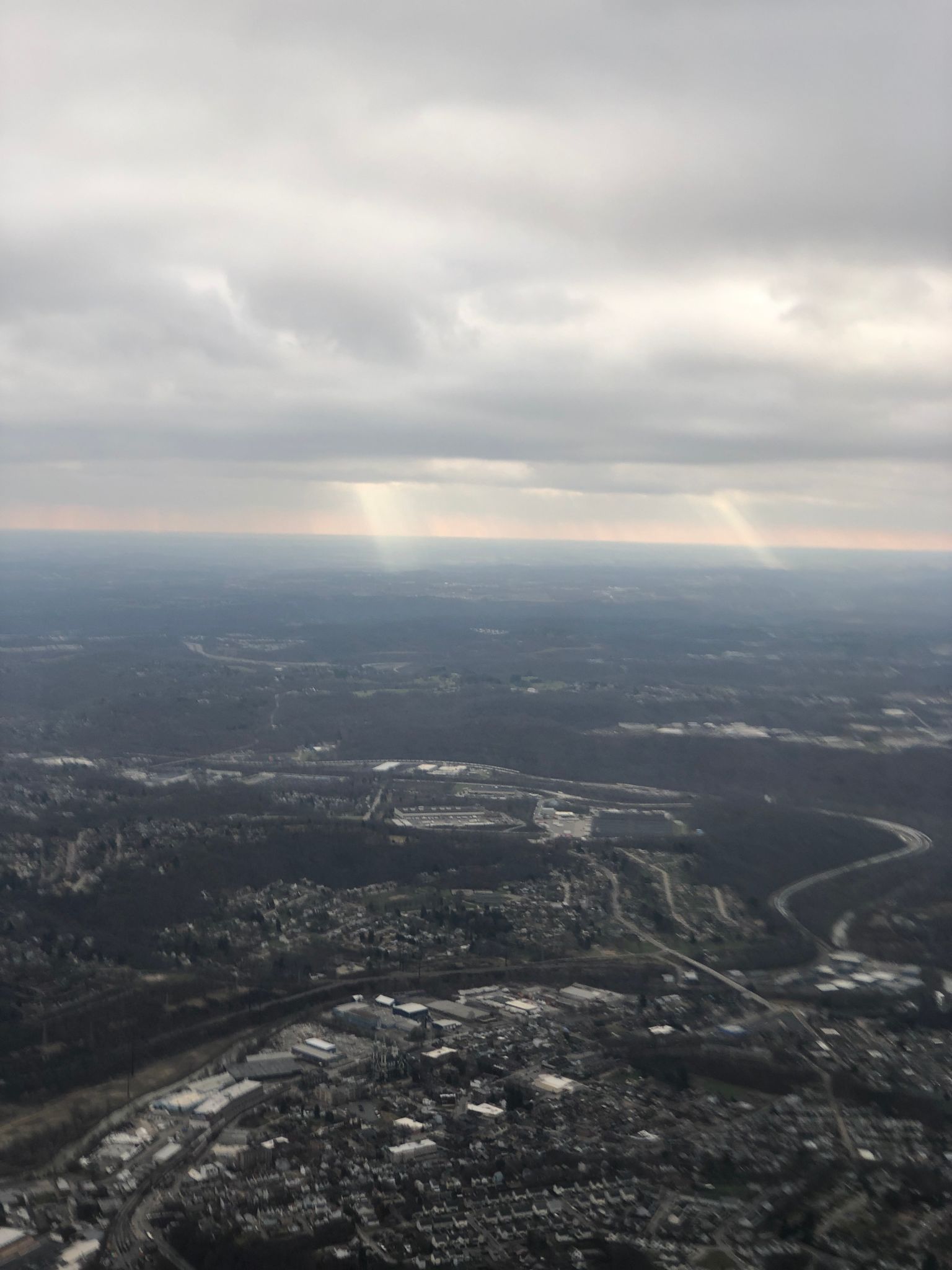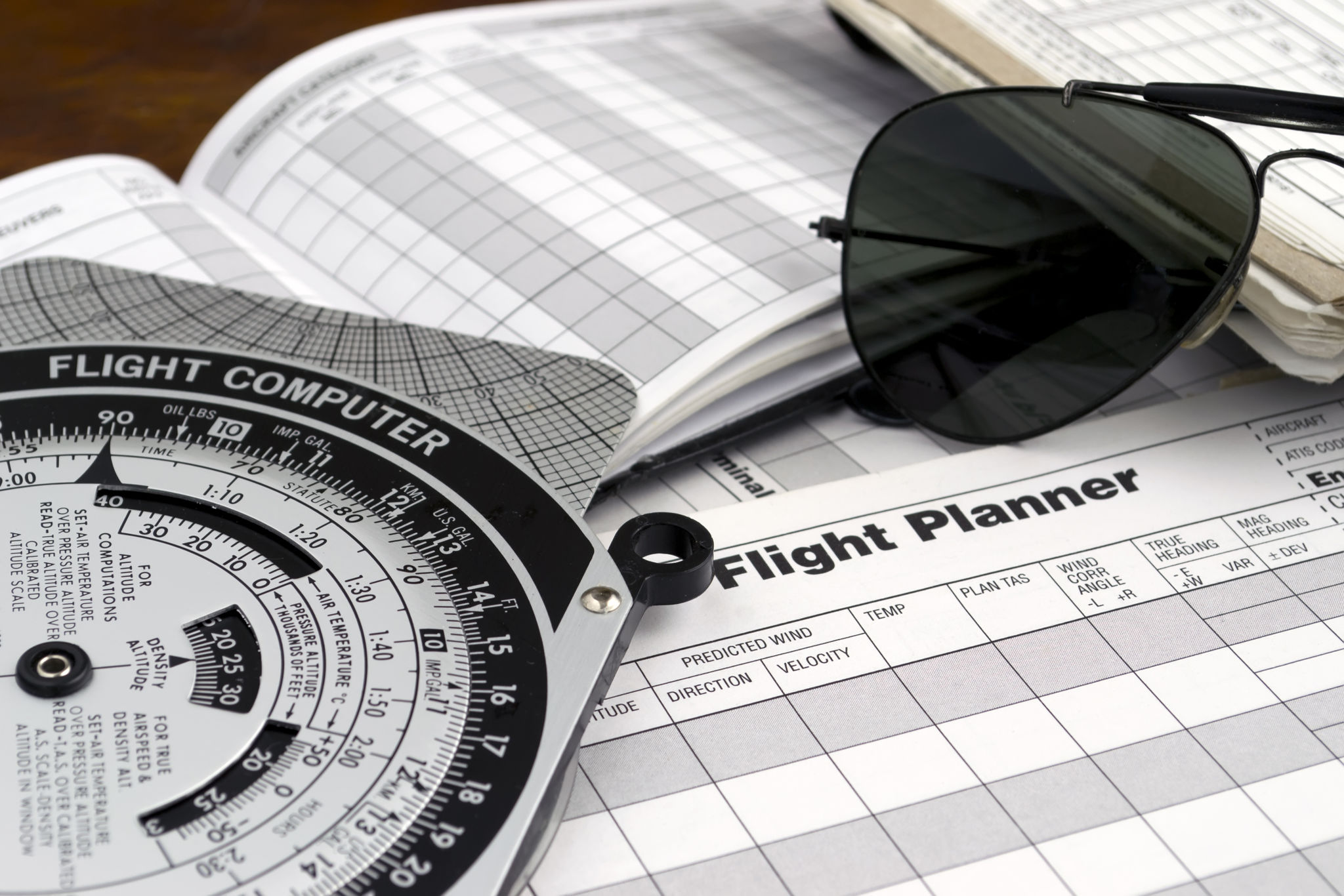Flying in Pennsylvania: Understanding Local Airspace Regulations
Introduction to Pennsylvania Airspace
Navigating the skies over Pennsylvania requires a solid understanding of the local airspace regulations. Whether you're a seasoned pilot or a drone enthusiast, knowing the rules ensures not only your safety but also the safety of others sharing this airspace. Pennsylvania's diverse landscape, from bustling cities to serene countryside, presents unique challenges and opportunities for flying.
Pennsylvania, being a state with a mix of urban and rural areas, has complex airspace classifications. These classifications determine the rules you must follow when flying in different zones. Understanding these classifications is crucial for anyone planning to take to the skies in the Keystone State.

Understanding Airspace Classifications
The Federal Aviation Administration (FAA) divides airspace into different classes, each with specific rules and requirements. In Pennsylvania, you will encounter several airspace classes, including Class B, C, D, E, and G. Each class has its own set of guidelines regarding altitude, speed limits, and communication protocols.
Class B airspace surrounds major airports like Philadelphia International Airport. It requires explicit clearance from air traffic control and is known for its stringent regulations. Class C, typically surrounding smaller airports, also requires communication with air traffic control but is less restrictive than Class B.
Special Use Airspace
Special Use Airspace (SUA) is another important aspect to consider when flying in Pennsylvania. SUAs are areas where certain activities are restricted or require special permissions. This includes military operations areas, prohibited areas, and restricted areas. Pilots should consult sectional charts and FAA resources to identify these zones.

Regulations for Drone Operators
Drone operators must adhere to specific guidelines outlined by the FAA. In Pennsylvania, drones are subject to both federal regulations and state-specific laws. It is essential for drone pilots to register their drones if they weigh over 0.55 pounds and to follow all operational limitations.
Some key rules for drone operation include keeping the drone within visual line of sight, flying below 400 feet, avoiding flying over people or moving vehicles, and steering clear of emergency response efforts. Furthermore, drone pilots should be aware of Temporary Flight Restrictions (TFRs) that may be in place during special events or emergencies.
Flight Planning and Resources
Proper flight planning is crucial for safe and compliant flying in Pennsylvania. Pilots should use tools like sectional charts and electronic flight bags (EFBs) to map out their routes and verify airspace classifications. Additionally, staying informed about weather conditions is vital for ensuring a safe flight.

The FAA provides resources such as the FAA Air Traffic Control System Command Center website, which offers real-time updates on airspace restrictions and other critical information. Utilizing these resources can help pilots avoid unintentional airspace violations and ensure a smooth flying experience.
Conclusion
Flying in Pennsylvania offers stunning views and unique experiences, but it also requires careful attention to airspace regulations. Whether you're piloting an aircraft or operating a drone, understanding local airspace classifications and regulations is essential. By staying informed and adhering to the rules, pilots can enjoy the freedom of flight while ensuring safety for themselves and others.
